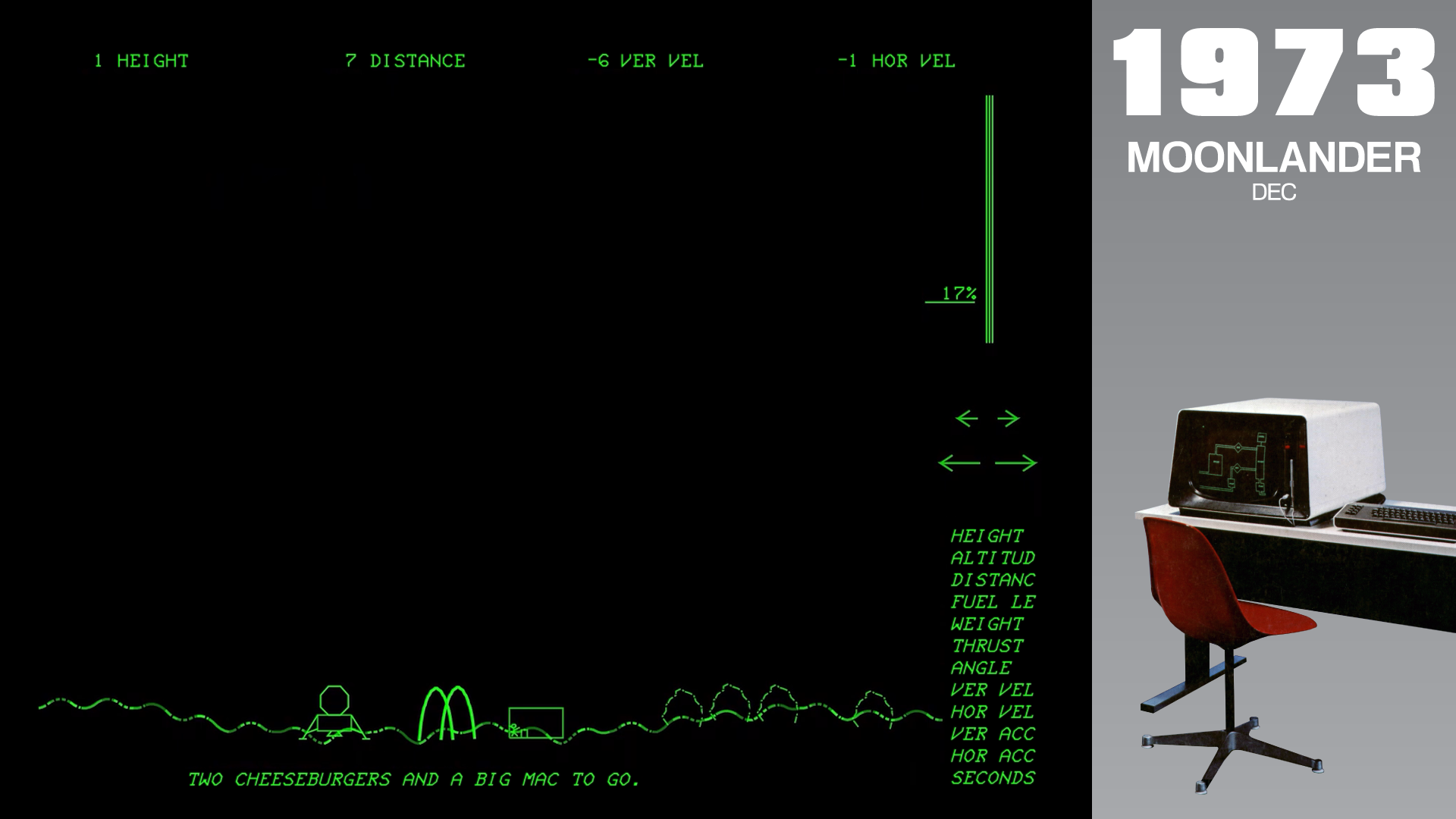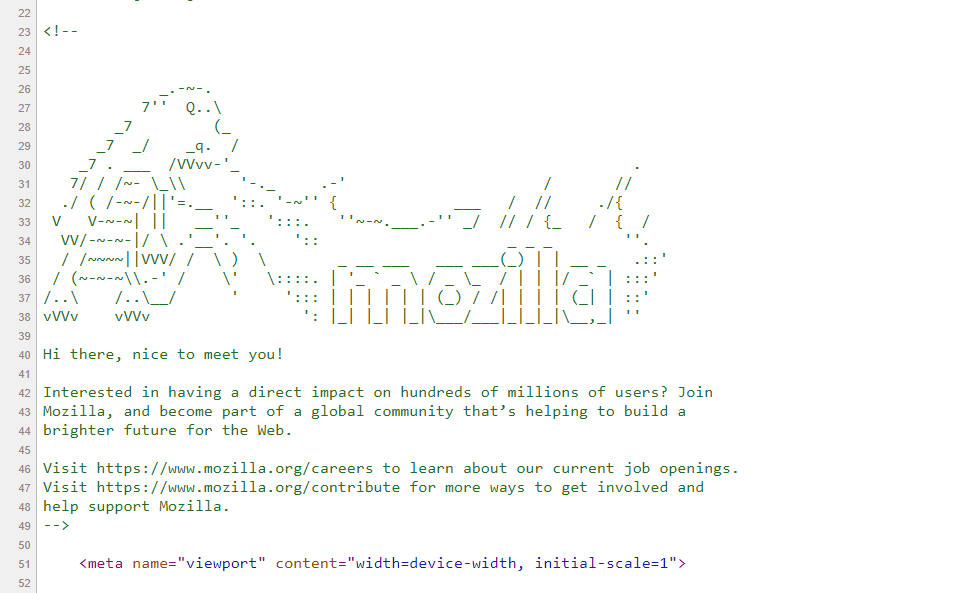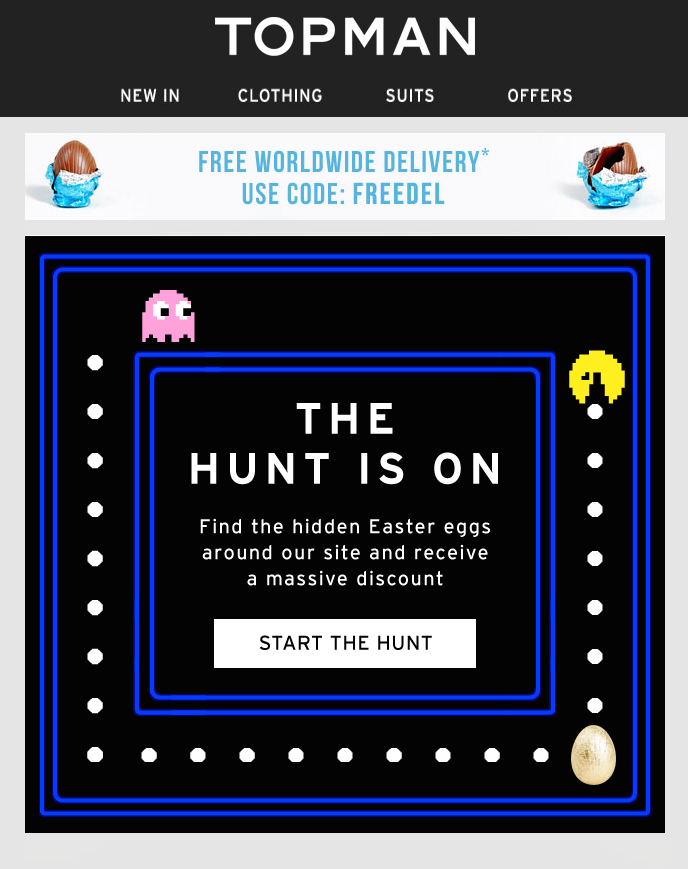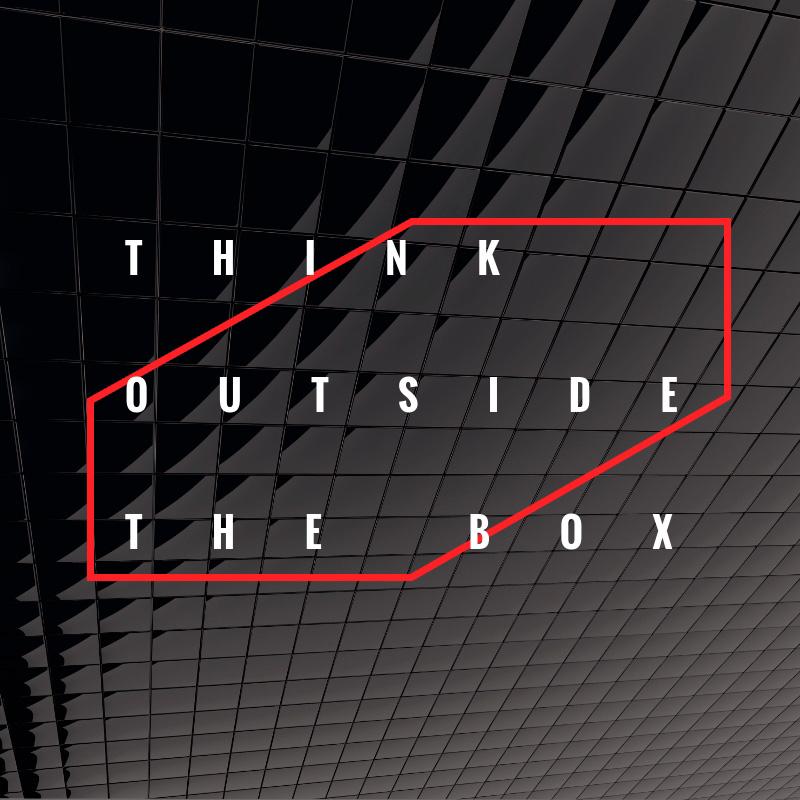Virtual Easter Eggs: What They Are and How to Use Them to Promote Your Business
The amount of online advertising is constantly growing. According to Forbes, nowadays, people see about 10,000 advertisements daily. These numbers are so large that they seem almost unrealistic. The explanation is simple: users have long since learned to ignore or forget the ads they see. In the face of this fact, brands are forced to look for new ways to attract attention and engage their audience. To achieve this, experts study consumer psychology and come up with interesting ways of interaction. One of them is Easter eggs. They were created as a joke, but eventually showed strong marketing potential. So today, leading brands like Google and Coca-Cola are turning to this promotion tool.
So, what’s the Easter egg secret? We’ll tell you more about the history of Easter eggs, the marketing opportunities they offer, case studies of well-known brands, and ways to easily integrate Easter eggs into your products or communications. Keep reading!
What Easter eggs are and what they have to do with Easter
Easter eggs are secret messages or puzzles hidden by their creators in an electronic medium or software product, such as a movie, video game, website, or software. Essentially, they are a joke or a surprise for users, and most often appear in the form of messages, images, objects, functions, and links to certain works or events.
Easter eggs owe their name to the traditional egg hunt, which is very popular in Western countries. The idea is that on the occasion of the holiday, adults hide colorful eggs inside and around the house, and children try to find them using clues. Easter eggs have the same logic: to find or to solve them, you often have to complete certain actions. Attentive users who are familiar with the product have more chances to succeed.
Easter eggs origin
The first known Easter egg was created in the late 1960s for PDP-6/PDP-10 computers. It was contained in the “make” command, so whenever a user tried to create a file named “love” by typing “make love”, they would see the words “not war?” on the screen. The next Easter egg appeared in the Moonlander video game (1973) where a player had to land a lunar module onto the Moon’s surface. After flying horizontally through several screens, the player would suddenly come across McDonald’s, where they could order a cheeseburger and Big Mac.
One of the earliest Easter eggs was a feature in the Adventure computer game (1979). It appeared because one of the developers wanted to mark his name in history, since at that time, Atari’s programs did not acknowledge creators. Developer Warren Robinett found a very creative solution and hid an acknowledgement message about himself inside the game. The Easter egg was a secret room with the developer’s name in it, and users could access it by finding an invisible pixel. Interestingly, the first person to do so was a fifteen-year-old boy in 1980. At first, Atari’s management wanted to remove the Easter egg, but after the information about it spread widely, Adventure’s popularity instantly increased. The company appreciated it and decided to add similar surprises to all of its games. Later, this feature was picked up by other developers.

Easter egg in Moonlander video game
Source: acriticalhit website
Types of Easter eggs and where they can be found most often
There are different formats and ways of Easter egg implementation. The most common ones are text (for example, a greeting or a joke), images, sound effects, hidden pages, special features, etc. They can be both simple and quite intricate in their realization. Typically, users find Easter eggs by accident while interacting with a product, or they know about an Easter egg’s presence in advance and look for them intentionally. Usually, to find an Easter egg, you need to perform certain actions not provided for by the logic of using the product; you have to enter a certain key combination, click your mouse in a specific place on the page, view the code, or enter a keyword.
 Easter egg in the Mozilla page code
Easter egg in the Mozilla page code
Although the emergence of the Easter egg phenomenon was closely related to the gaming industry, they have also gained popularity in other areas where it’s possible to interact with users through hidden messages. Typically, “Easter eggs” are found in:
- games (Assassin’s Creed series, Batman: Arkham Asylum, Call of Duty: Black Ops 2, The Witcher 2);
- software (dinosaur in the Google Chrome offline mode, Wanda the fish in Linux, search requests “do a barrel roll” and “Zerg Rush” in Google);
- comic books (“Captain America”, “Bat Girl”, “Iron Man”);
- movies (Alfred Hitchcock in “The Birds”, Starbucks in “Fight Club”, oranges in “The Godfather”).
But the use of Easter eggs is not limited to the above-mentioned areas. Since it’s a powerful tool that stirs up curiosity and helps to effectively engage audiences, it is also used in marketing. We’ve gathered some interesting cases from brands that turned to this approach.
How famous brands use Easter eggs for promotion
1. PlayStation Easter Egg Challenge
In the fall of 2022, PlayStation launched an online Easter Egg Challenge campaign. In fact, it was a video where the creators hid links to the most popular games of the PS Plus service. In the two-minute video, you can find 18 Easter eggs. Players who managed to find at least one Easter egg would receive a collection of avatars. Interesting fact: the company did not widely promote the Easter Egg Challenge. The above-mentioned video was placed in one of the PlayStation website sections under the game’s advertisement. The fact that a user found it can be considered part of the challenge. Isn’t that the perfect Easter egg?!
https://www.youtube.com/watch?v=Ncz4bATRc8I
2. Apple in the animated film “Zootopia”
The animated film “Zootopia” tells the story of a large metropolis inhabited by anthropomorphic animals. They lead quite a “human” life: they work, make friends, go to cafes, and even suffer from bureaucracy. The animalistic world has the same attributes as ours. For example, cartoon film characters enjoy all the benefits of technological progress. And that’s where an attentive audience will be in for a surprise. Zootopia’s main protagonist, Judy Hopps, has a cell phone with the easily recognizable design of an iPhone; the only difference is that instead of the signature logo with a silhouette of a bitten apple, we see a carrot. In addition, Zootopia’s tablets are called iPaw. And these are not the only adaptations of famous brand names in Zootopia; it’s actually quite easy to guess which companies hide behind fictional brands such as Zoogle, Bearberry, and Targoat.

3. Topman Easter email campaign by Topshop
Whereas the previous examples of using Easter eggs were primarily aimed at increasing awareness and engaging audiences, this one focused on drawing customer’ attention to a promotion campaign. As part of their Easter campaign, the Topman brand invited users to find virtual eggs hidden on their website in exchange for a massive discount. An opportunity to save money while having fun is really tempting. And choosing PacMan game elements for the newsletter design is also worth noting, as it gives users a pleasant feeling of nostalgia.

4. Cadbury Worldwide Hide
The Worldwide Hide campaign by confectionery company Cadbury does not contain Easter eggs as such, but creatively reinterprets the tradition of the Easter egg hunt that was its origin. The brand is offering an exciting online experience where you can hide an Easter egg anywhere in the world using Google Maps. Then, you need to send a clue to your beloved one for whom you’ve prepared this surprise. Clues have to lead this person to a hiding spot that means something special to you both. The campaign that was first launched amid the pandemic was designed to give people a sense of closeness, no matter how far away you were. It has become incredibly successful: in two years, users have hidden over a million virtual eggs. This year, the Worldwide Hide will be conducted for the third time. Anyone who wants to join the fun activity can have a chance to do so until April 9 on the company website.
Marketing opportunities offered by Easter eggs
It may seem like there is no reason to spend time and resources on creating Easter eggs, especially since they don’t provide much practical benefit for the audience and are mostly an entertaining element. But in fact, it is an effective marketing tool that can be used to achieve many business goals. By integrating Easter eggs into your product, you get the chance to:
- increase website traffic. Knowing that there’s something interesting waiting for users on your website, people are more likely to visit and stay longer — especially if you make sure to hide the Easter egg really well. And as a bonus, you will get a better site ranking in search engines. Besides, in addition to searching for Easter eggs as such, visitors may want to learn more about your website and product.
- improve audience engagement. The Easter eggs hunt is an unusual and exciting experience that allows you to imagine yourself as an explorer or a treasure hunter. In addition to new emotions, it gives users a pleasant feeling of reward for being attentive or smart. And special emotions are perhaps the best way for brands to attract an audience.
- build a stronger bond with your customers. Easter eggs are often puzzles or surprises for “insiders”, or, in other words, for an audience that is familiar with the product and can easily notice something unusual. It’s a very effective way to show that there are real people behind your brand who are interested in not only income, but also communication with users. Moreover, Easter eggs create an exclusivity effect, as well as the impression that a user belongs to a group capable of understanding the hidden message.
- increase brand awareness. Easter eggs have great viral potential. After discovering a hidden feature, users most likely will want to share their discovery with others. This is a case where the audience itself contributes to brand promotion by creating hype around the campaign. In other words, Easter eggs are a perfect word-of-mouth marketing tool.
Where to hide your Easter egg
As you see, marketing experiments with Easter eggs can benefit your business a lot. At the same time, you should understand that this is not an option for everyone. For an Easter egg to have the desired effect, a brand must have an audience of loyal customers who are engaged enough in the context of the product. If this is your case and you are ready to offer users an exciting experience, here are some ways to integrate virtual Easter eggs into your marketing channels.
1. Website
This is the most common place to hide an Easter egg. You can add a surprise message to a link or an icon. Make sure that when users click on it, they see a greeting, a funny caption, or a picture. This will definitely give them a nice, enjoyable experience. If you have more technical capabilities, try taking the Topshop route and offer visitors an Easter egg hunt game with attractive discounts.
2. Social media
Looking for an easier alternative? Take advantage of the opportunities provided by social media. You can capture stories for Instagram and Facebook, videos for TikTok or YouTube Shorts, and insert exclusive jokes or promo codes into them. Another option: add them to your posts. This will be a great test of how engaged your subscribers really are, and the most attentive followers will receive a nice reward.
3. Video campaigns
We have already mentioned the viral potential of Easter eggs. In that respect, video is a perfect format as it provides a high level of engagement. Moreover, knowing that there are “surprises” in a video, users will watch it again and again and share it with their friends. You can also follow PlayStation’s example and offer customers prizes for finding Easter eggs. Why not try this approach in your next video campaign?
To sum it up
If you’re looking for exciting and engaging ways to interact with your audience, consider Easter eggs. After all, they allow you to have fun and achieve numerous marketing goals, from bigger traffic to better engagement. Final advice: Try to keep it simple, so that the search for Easter eggs doesn’t turn into an impossible mission or ruin user expectations.
Other articles that may interest you
Brand Affinity: Definitions, Benefits, and Key Strategies
Trigger Marketing: Definitions, Benefits, and Key Strategies
7 Unusual Ways to Use Emojis in Brand Communication








